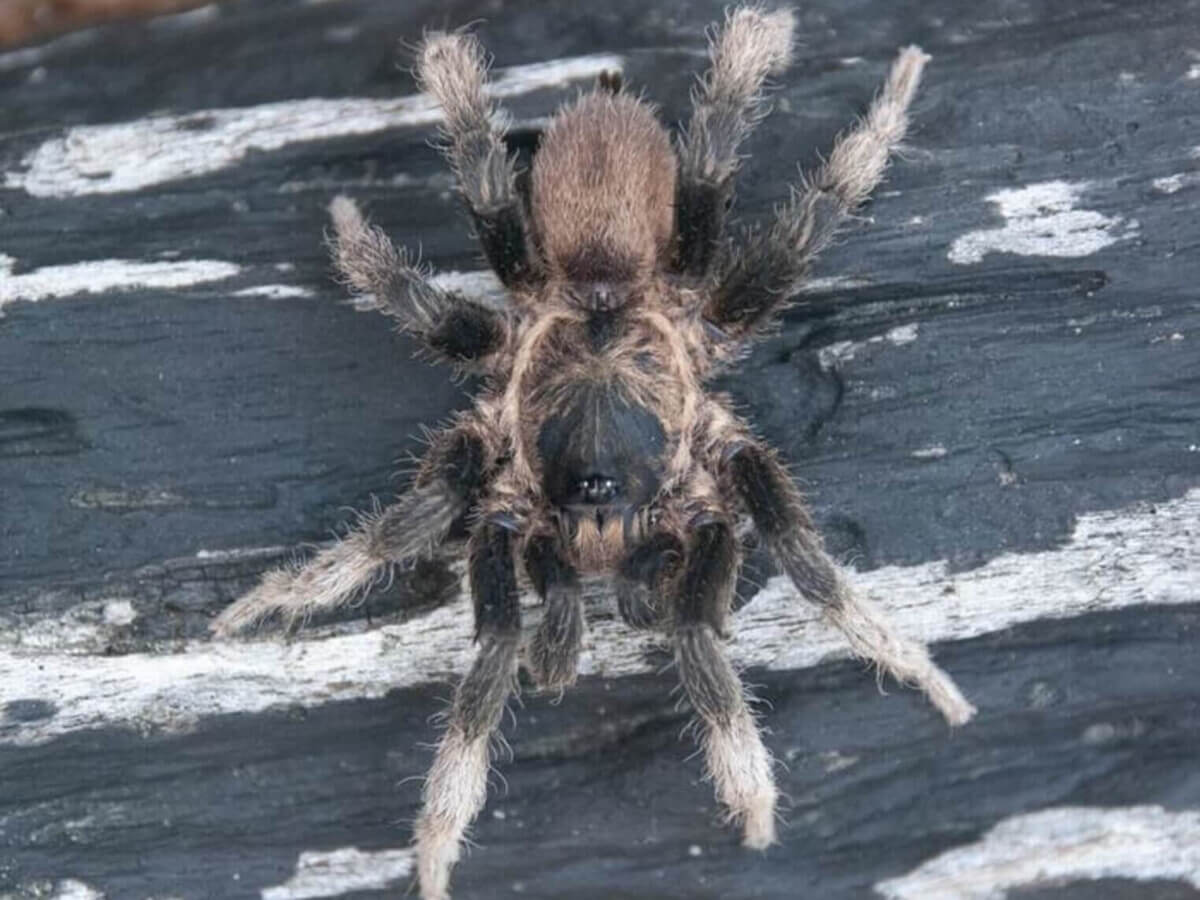
Euthycaelus cunampia, male. (CREDIT Echeverri et al.)
MANIZALES, Colombia — A group of Colombian researchers had their “spidey senses” tingling during a recent expedition. They have discovered four new tarantula species in a largely uncharted “biodiversity hotspot” in the Colombian Pacific region.
The Chocó Biogeographic Region, rich in tropical rainforests and mangroves, not only attracts tourists but also holds the key to conserving its unique ecosystem.
Researchers embarked on an expedition at the Jardín Botánico del Pacífico (JBP) in Bahía Solano to study a group of spiders known as Mygalomorphae. This includes the likes of tarantulas, trapdoor spiders, and funnel-web spiders, among others. These spiders are primarily terrestrial, predatory, and often have a limited geographical presence.
During their search, the team uncovered Ummidia solana, a unique trapdoor spider, and three tarantula species: Euthycaelus cunampia, Neischnocolus mecana, and Melloina pacifica.
“These taxonomic breakthroughs represent the first recorded instances of their respective genera in the region, expanding their geographical distribution,” the researchers report in a media release.
“Each species was meticulously illustrated, described, and scientifically discussed, offering valuable insights into their morphological characteristics, taxonomy, and biogeography. The results of this study serve as a significant contribution to our understanding of the region's biological diversity, known for its exceptional species richness and endemism.”
Delving deeper into their findings, researchers unveiled:
-
- Ummidia solana is named after Bahía Solano and marks the debut record of the Ummidia genus in the Chocó Biogeographic Region.
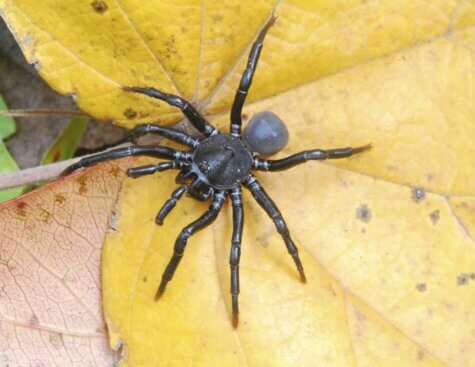
-
- Melloina pacifica is the first-ever described species of the Melloina genus in Colombia. Its habitat, the Colombian Pacific region, inspired its name.
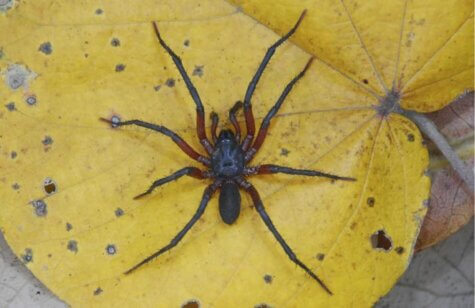
-
- Euthycaelus cunampia honors two Emberá indigenous community members, Don José and Don Antonio, who shifted from hunting traditions to guiding tourists and scholars at the JBP. This discovery is significant, marking the first instance of the Euthycaelus genus and the subfamily Schismatothelinae outside specific Colombian regions.
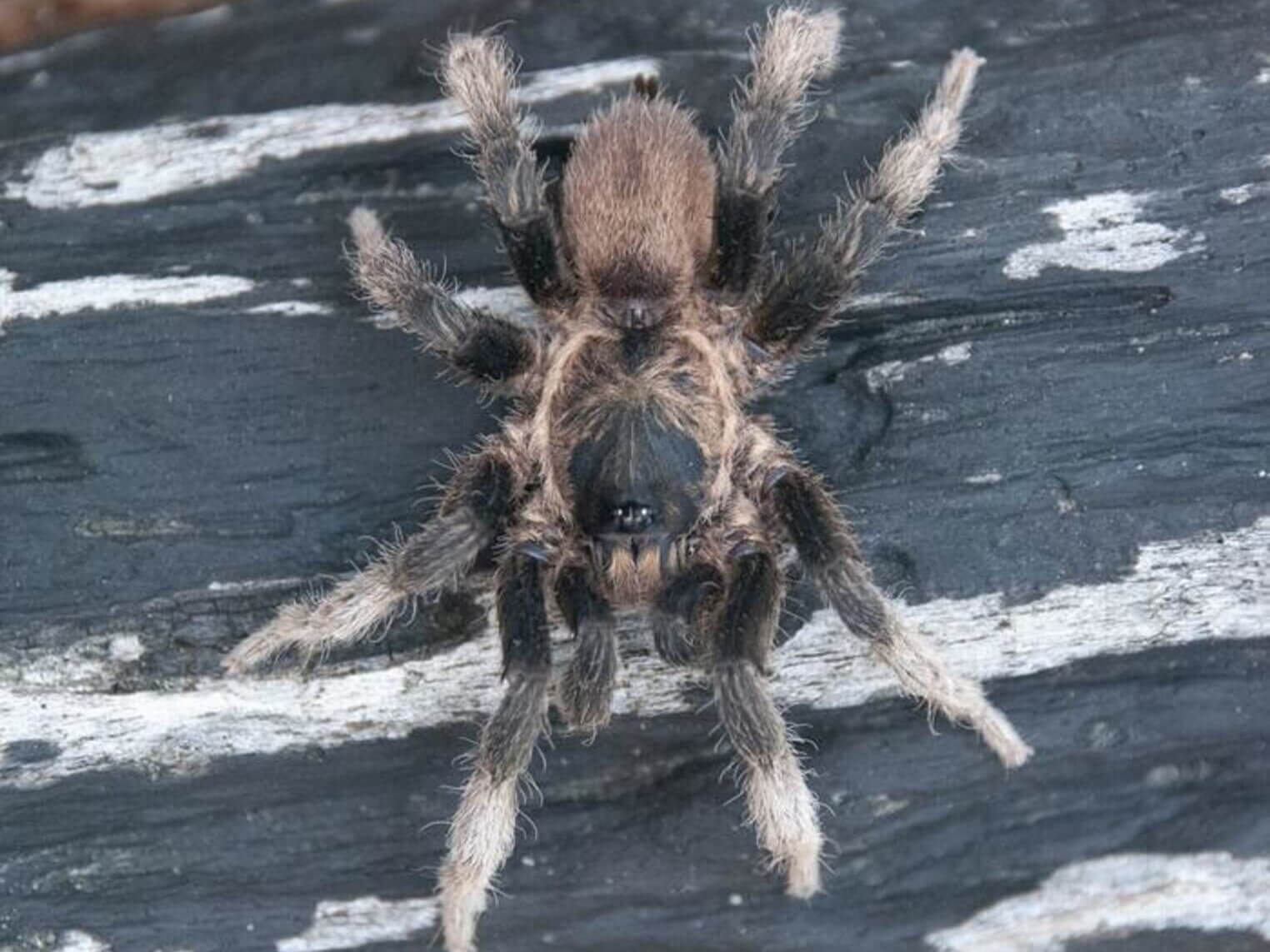
-
- Neischnocolus mecana, named after a Bahía Solano township, is the fourth known species of its genus in Colombia and the first in the Chocó region and the Colombian Pacific.
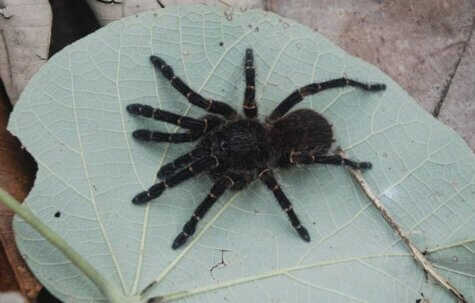
The group emphasized the need for more in-depth taxonomic research due to the vast undiscovered species that potentially exist in the region.
The study was published in the journal ZooKeys.










